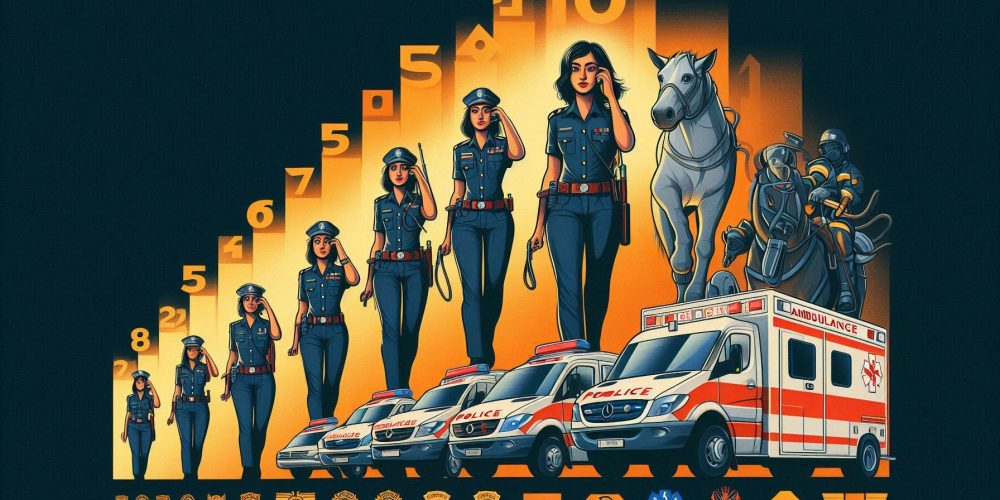
Emergency numbers play a critical role in helping people get quick assistance during urgent situations. In India, the system of emergency numbers has evolved over the years to meet the needs of the country’s large and diverse population. These numbers are essential for public safety and rapid response during emergencies.
The Early Emergency Numbers in India
Initially, India had different numbers for various emergency services:
- 100 for the police
- 101 for the fire brigade
- 102 for ambulance services
Each number was managed separately, often leading to confusion or delays, particularly in rural areas where services were not as organized or readily available.
The Introduction of 108: A Unified Emergency Number
In 2005, the 108 Emergency Service was introduced in Andhra Pradesh, providing a combined number for police, fire, and ambulance services. This was a significant improvement, allowing faster response times by connecting the caller directly to the necessary service. The number 108 was chosen for its simplicity, making it easy to remember and dial.
After its success in Andhra Pradesh, other states adopted the 108 system, establishing it as the go-to emergency number in many parts of the country.
Launch of 112: India’s All-in-One Emergency Number
To further streamline emergency services nationwide, the Indian government introduced 112 in 2019 as a universal emergency number. This new system replaced multiple emergency numbers with just one, making it easier for people to remember and access help quickly.
Inspired by global systems like 911 in the United States and 112 in Europe, India’s 112 connects users to all emergency services, including:
- Police
- Fire
- Ambulance
It also links to other important helplines, such as the women’s helpline (1090) and child helpline (1098). When someone dials 112, the system identifies their location and connects them to the nearest available service, expediting assistance in critical situations.
Why These Numbers?
The selection of numbers like 108 and 112 was deliberate. Here’s why they were chosen:
Easy to Remember: Short numbers like 108, 100, and 112 are quick to dial and easy to recall, especially in emergencies when every second counts.
Global Standard: Utilizing 112 aligns India with international standards, facilitating access to help for visitors or residents from other countries.
Cultural Significance: In India, 108 is considered a special number in Hindu culture, often associated with spiritual practices, which may explain its selection as an emergency number.
Simple and Memorable: Numbers like 100 and 112 are not only short but also easy to recognize and remember, which is crucial during moments of panic.
Modern Improvements
India’s 112 emergency system has been enhanced with technology:
Mobile Panic Buttons: Many smartphones allow users to call 112 by pressing the power button three times.
112 India App: This app enables people to request help via calls, SMS, or by sharing their location in real-time.
GPS Tracking: Emergency services can locate callers and dispatch help faster using location tracking technology.
Challenges and Room for Improvement
Despite significant progress, challenges persist—especially in rural areas where mobile networks and emergency response systems may be unreliable. However, with the increasing use of mobile technology and improved infrastructure, India’s emergency services are becoming more reliable nationwide.
Conclusion: A Better Emergency Response System
India’s transition from having multiple emergency numbers to a unified system with 112 demonstrates the country’s commitment to enhancing public safety. The introduction of easy-to-remember numbers like 108 and 112 has made emergency services more accessible to everyone. As technology continues to advance, India’s emergency response system will become even more efficient, helping to save more lives and create a safer society.